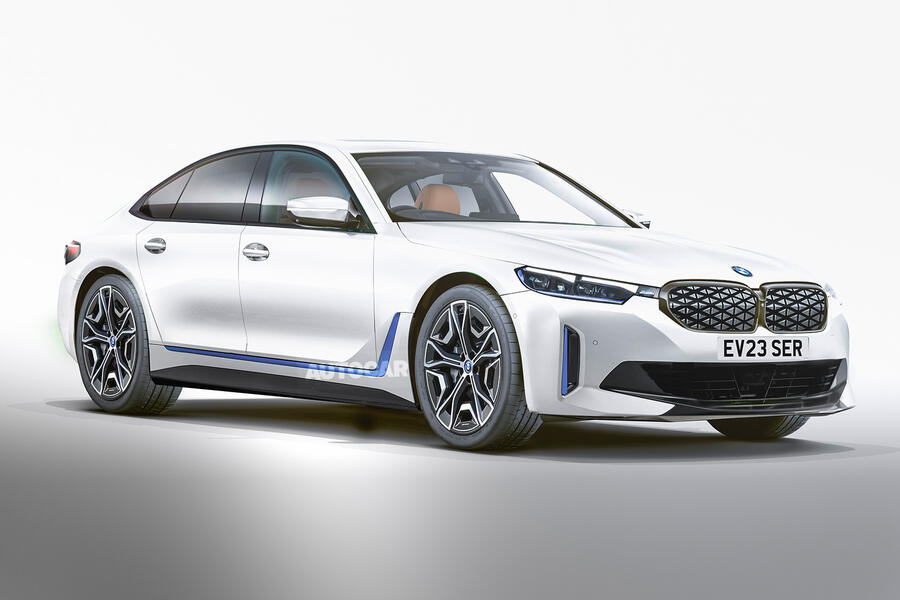One possibility for the M550i’s successor is an uprated version of the 545e PHEV’s four-wheel-drive powertrain, which comprises a 3.0-litre straight six and a 107bhp gearbox-mounted electric motor for a combined 388bhp and 442lb ft.
BMW has previously said CLAR-based PHEVs could accommodate electric motors with up to 201bhp, which hints at the potential for a circa-500bhp hybrid to sit beneath the M5. The M5 itself has been widely tipped to match its arch-rival, the Mercedes-AMG E63, in adopting plug-in power for its next iteration but with a petrol unit of larger capacity than AMG’s electrified turbo four.
BMW development boss Klaus Fröhlich has previously said there will not be any fully electric M cars until 2025. “Until then, we will have normally aspirated, turbo and ‘powered’ PHEV applications that deliver what we want to achieve,” he said, suggesting pure-electric powertrains and platforms remain too heavy to match the dynamic performance of today’s M cars.

The M5 PHEV will use a variation of the electrified set-up tipped to appear in the new BMW XM, which mates the M division’s ‘S63’ twin-turbo V8 with a 200bhp electric motor for a combined output of up to 750bhp.
In the M5, that would almost certainly prove a significant enough boost (around 134bhp) to offset the weight penalty of a hybrid powertrain. It would also provide BMW with a contender to rival the new PHEV variant of the Mercedes-AMG GT 4-Door Coupé, which packs more than 800bhp, hits 62mph from rest in less than 3.0sec and has a top speed above 200mph.





